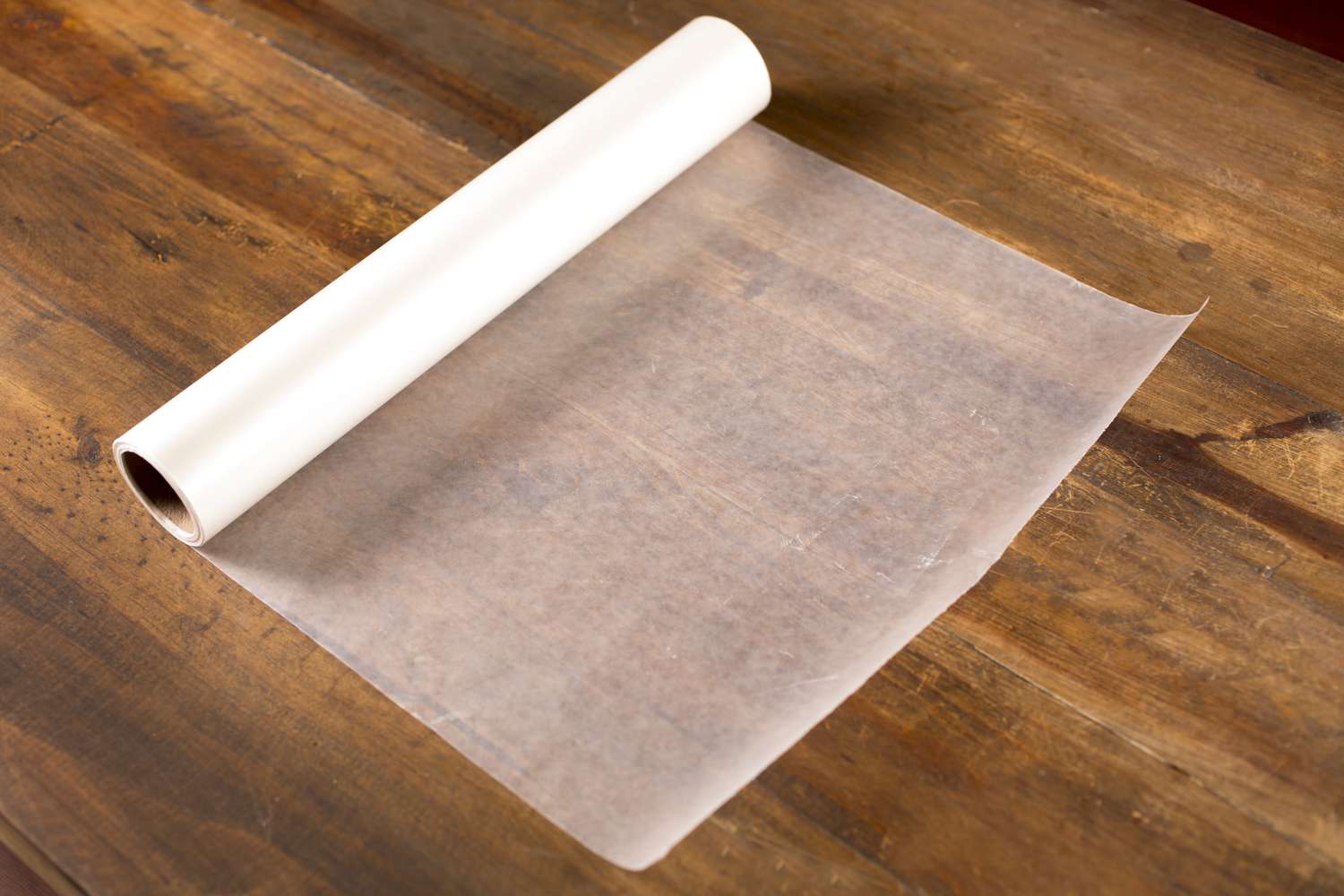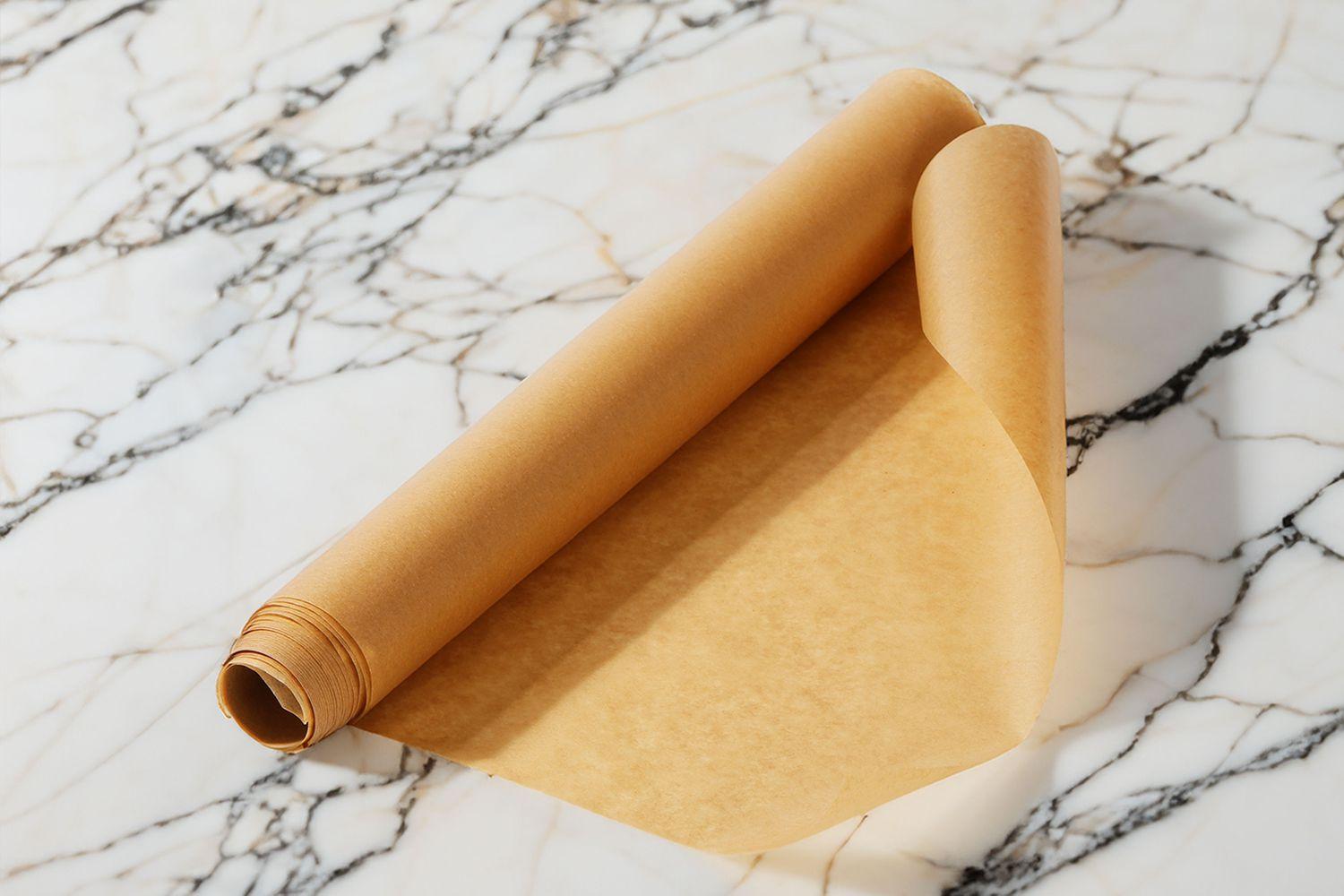Wax paper is a staple in kitchens around the world, often underestimated for its versatility and practical uses. This article delves into the intricacies of wax paper, including its features, benefits, and various applications. By the end, you’ll have a thorough understanding of why wax paper is an essential item in both everyday cooking and specialized tasks.
What is Wax Paper?
Wax paper is a type of paper coated with a thin layer of wax, typically paraffin or soybean-based. This coating provides the paper with a non-stick, moisture-resistant surface. Wax paper is designed to handle a range of tasks, from food preparation to crafting, thanks to its unique properties.
Wax paper is made from cellulose fibers, the same base material used in many other types of paper. The key feature that sets wax paper apart is its wax coating. This coating is applied in a process where the paper is passed through a series of rollers that deposit a thin, even layer of wax onto the paper’s surface. This wax layer can be either paraffin-based or derived from natural sources like soybeans.

How Does Wax Paper Work?
The wax coating on wax paper serves multiple functions:
- Moisture Resistance: The wax coating makes the paper impermeable to liquids, making it an ideal choice for wrapping moist or greasy foods.
- Non-Stick Surface: Wax paper’s non-stick surface prevents food from sticking to it, which is particularly useful for baking and food preparation.
- Ease of Handling: The paper’s smooth, slick surface makes it easy to handle and separate layers without them sticking together.
Benefits of Using Wax Paper
Wax paper offers several benefits that make it a valuable tool in the kitchen and beyond. Here’s a closer look at some of the advantages:
Versatility in the Kitchen
Wax paper’s versatility shines in various kitchen tasks:
- Food Storage: Wrap sandwiches, cheese, and baked goods to keep them fresh and prevent them from drying out.
- Baking: Line baking sheets and pans to prevent sticking and simplify cleanup.
- Rolling Dough: Place dough between two sheets of wax paper to roll it out without adding extra flour.
Easy Cleanup
One of wax paper’s standout features is its ease of cleanup. Because it prevents sticking and absorbs some of the mess, cleaning up after cooking or baking becomes much simpler. Simply discard the used wax paper, and you’ll save time on scrubbing pans and countertops.
Craft and Household Uses
Beyond the kitchen, wax paper has numerous applications in crafting and household tasks:
- Craft Projects: Use wax paper to protect surfaces when working with glue, paint, or other materials.
- Ironing: Place wax paper between your iron and fabric to prevent stains and residue from transferring.
- Preserving Herbs: Wrap fresh herbs in wax paper before placing them in the freezer to keep them from sticking together and preserve their flavor.
Wax Paper vs. Parchment Paper: What’s the Difference?
Wax paper and parchment paper are often confused, but they have distinct differences. Understanding these differences can help you choose the right paper for your needs.
Wax Paper
- Coating: Coated with a layer of wax, making it moisture-resistant and non-stick.
- Uses: Ideal for wrapping food, lining surfaces, and crafting.
- Heat Resistance: Not suitable for use in the oven as the wax can melt or catch fire at high temperatures.
Parchment Paper
- Coating: Coated with silicone, making it both non-stick and heat-resistant.
- Uses: Perfect for baking, as it can withstand oven temperatures up to around 420°F (215°C).
- Heat Resistance: Designed to be used in the oven and is perfect for baking and roasting.
Common Misconceptions About Wrap Paper
There are several misconceptions about wax paper that can lead to confusion about its use. Here are some clarifications:
Wax Paper is Oven-Safe
Contrary to popular belief, wax paper is not oven-safe. The wax coating can melt or even catch fire if exposed to high temperatures. For baking purposes, parchment paper is a safer and more suitable option.
Environmental Impact and Alternatives
While wax paper is useful, it’s important to consider its environmental impact. The production and disposal of wax paper, especially those coated with paraffin, contribute to waste. Fortunately, there are eco-friendly alternatives available.
Eco-Friendly Alternatives
- Beeswax Wraps: Made from organic cotton coated with beeswax, these wraps are reusable and biodegradable.
- Reusable Silicone Baking Mats: These mats offer a durable, non-stick surface for baking and can be washed and reused multiple times.
Recycling Wax Paper
Wax paper is not widely recyclable due to its wax coating. Check with your local recycling program for specific guidelines on disposing of wax paper, and consider using it for composting if possible.
The Deli Paper: A Specialized Use of Wrap Paper
The term “deli paper” refers to a specific type of wax paper used primarily in delis and foodservice settings. Deli paper is often used to wrap sandwiches, burgers, and other items, providing a convenient and hygienic way to handle and serve food.
Features of Deli Paper
- Food-Safe: Designed to meet food safety standards, ensuring that it is suitable for direct contact with food.
- Durable: Typically thicker and more robust than standard wax paper to withstand handling and transport.
- Customizable: Available in various sizes and designs to suit different needs and branding requirements.
Applications of Deli Paper
- Wraps and Sandwiches: Ideal for wrapping sandwiches, burgers, and hot dogs, keeping them fresh and easy to handle.
- Food Service: Commonly used in fast-food restaurants, delis, and food trucks for efficient food packaging and service.

Conclusion
Wax paper is a versatile and invaluable tool in the kitchen and beyond. Its unique properties, such as moisture resistance and non-stick capabilities, make it ideal for a wide range of applications. While it’s essential to be aware of its limitations, such as its unsuitability for oven use, wax paper remains a practical choice for many tasks.
Understanding the difference between wax paper and parchment paper, as well as considering eco-friendly alternatives, can help you make informed decisions about its use. Additionally, recognizing specialized applications like deli paper can enhance your knowledge of how wax paper is employed in various settings.
By incorporating wax paper effectively into your daily routines and choosing sustainable options when possible, you can maximize its benefits and minimize its environmental impact.


